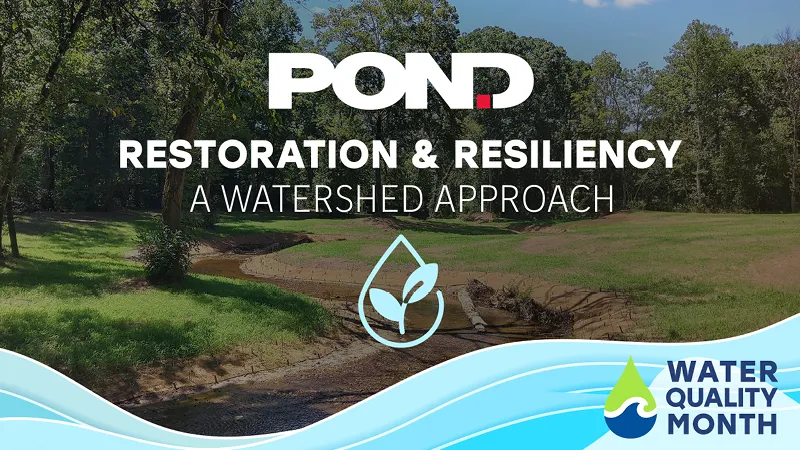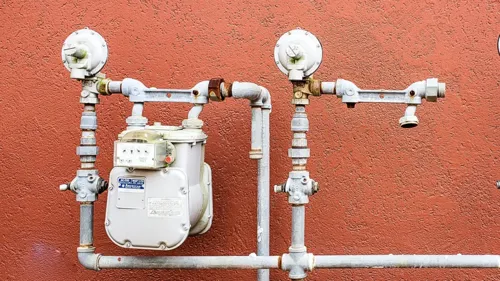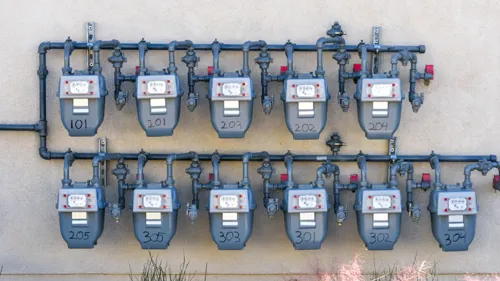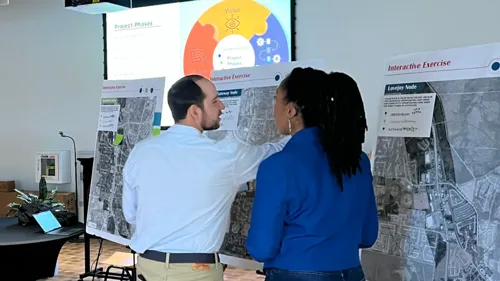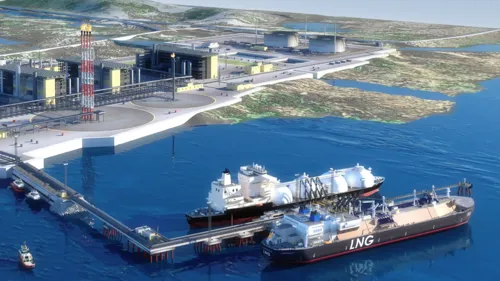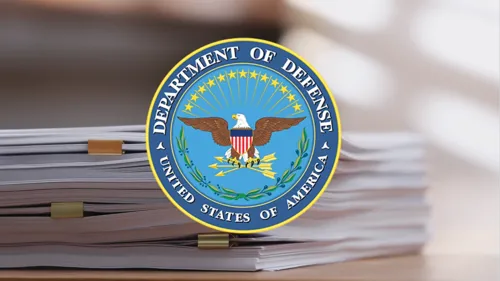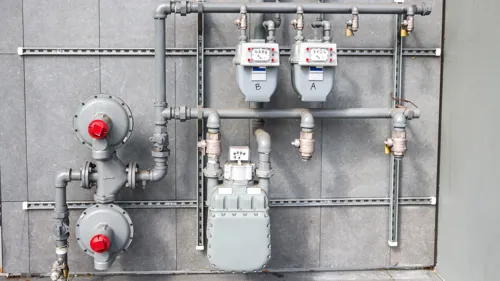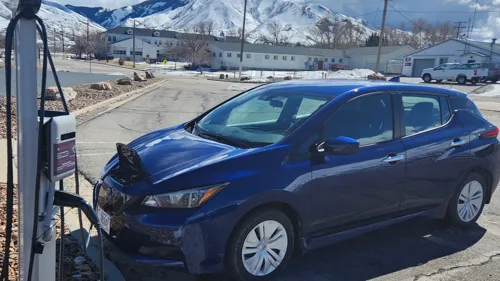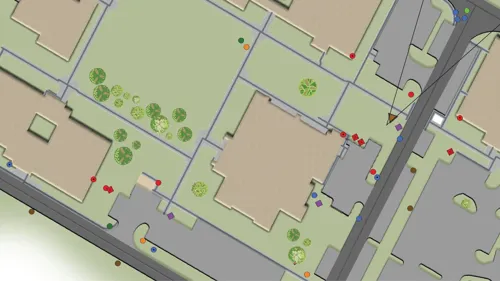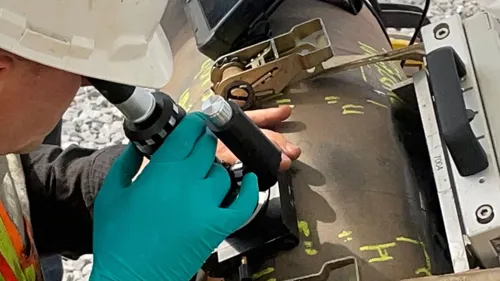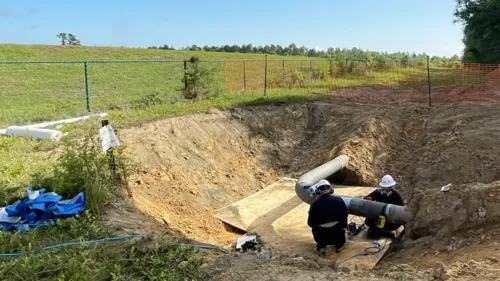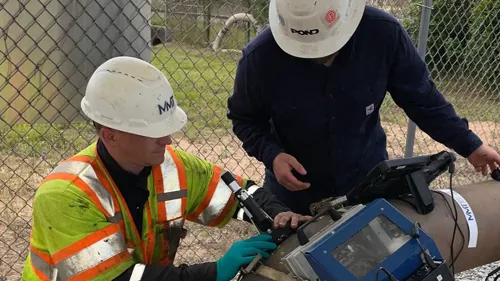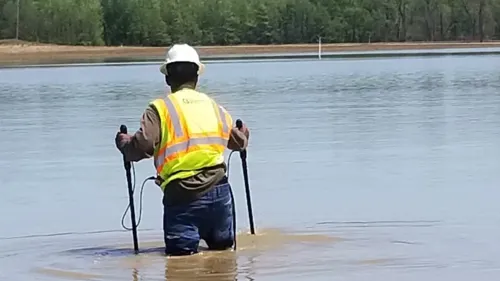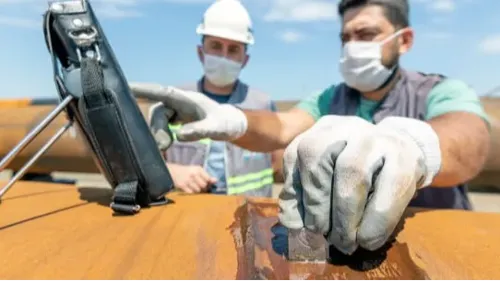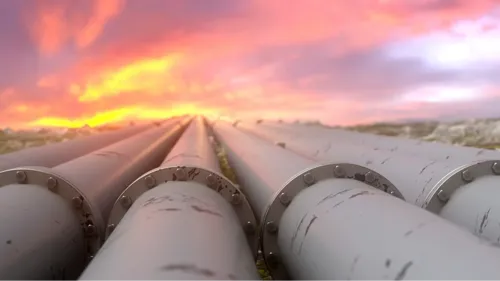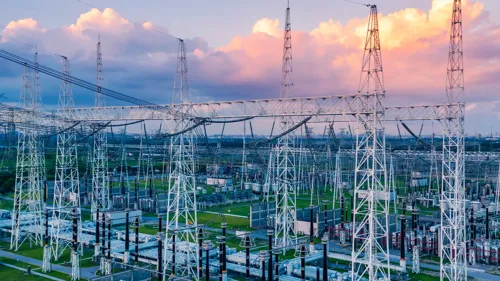Understanding PHMSA’s NPRM for DIMP: Emergency Response Plans, O&M Manuals, Management of Change
 Author:
Author:
Andy Lawton, PE | Principal - Associate Vice President, Utilities | andy.lawton@pondco.com
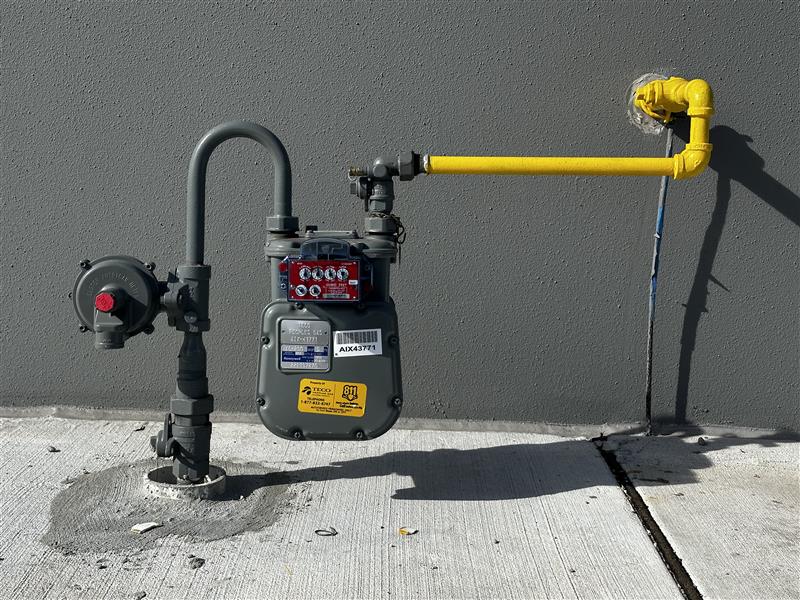
In early 2023, the Pipeline and Hazardous Materials Safety Administration (PHMSA) proposed revisions to the pipeline safety regulations for natural gas distribution lines following the 2018 Merrimack Valley incident, which resulted in one fatality. Many of PHMSA’s proposed revisions for Distribution Integrity Management Programs (DIMP) build off existing codes and have been amended over the years. Some elements of this Notice of Proposed Rule Making (NPRM) are brand new and have previously been unregulated. PHMSA’s aim with these revisions is to prevent catastrophes caused by the overpressurization of low-pressure distribution systems.
Overview of Proposed Amendments:
- Updates to Emergency Response Communications—§ 192.615
- Updates to Operations and Maintenance Procedural Manuals—§ 192.605
- MOC Requirements—§ 192.605
Emergency Response Communications – First Responders
Pipeline safety regulations require operators to have written procedures for responding to emergencies involving their pipeline system. However, the current regulations for emergency response communications under § 192.615 only require operators to communicate with emergency responders when a fire, explosion, or fatality occurs, or if a resulting shutdown significantly impacts customers.
PHMSA has proposed additional requirements to help operators coordinate their emergency response efforts more efficiently. First, operators would be subject to an expanded list of emergencies, including potential ruptures and other emergencies deemed significant by the operator. PHMSA has also clarified previous language to determine what constitutes a “significant” customer impact. For gas distribution operators only: a “significant” impact would mean the shutdown of service to 50 or more customers, or for operators with fewer than 100 customers, 50 percent of customers.
Note: In a final rule published on April 8, 2022, titled “Requirement of Valve Installation and Minimum Rupture Detection Standards”, PHMSA extended emergency communication requirements to include a public safety answering point (PSAP). However, this final rule, known as the Valve Rule, was not in effect during the Merrimack Valley incident.
Emergency Response Communications – General Public
Currently, there are no federal regulations requiring gas distribution operators to establish communications with the general public during or following a gas pipeline emergency. Given the gravity of a pipeline emergency, PHMSA recommends that gas distribution operators include procedures for establishing and maintaining communication with the general public as soon as practicable. Operators would also need to continue communications through service restoration and recovery efforts.
PHMSA has also proposed that a new paragraph (d) be added to § 192.615 requiring operators to develop a voluntary (for customers), opt-in notification system to communicate with customers in the event of a pipeline emergency. Operators would then need written procedures describing the system testing protocols and annual reporting. Within those procedures, operators would need to describe cybersecurity measures used to protect customer data.
Note: Communication during a pipeline emergency is complex, time-sensitive, and requires efficient communication between the pipeline operator, other pipeline companies, non-pipeline utilities, emergency responders, elected officials, PSAPs, and the public. For this reason, some gas distribution pipeline operators and other utilities use an Incident Command System to coordinate emergency response actions.
Operations & Maintenance Procedural Manuals
Operation and maintenance (O&M) manuals, at a minimum, are a manual of written procedures for conducting operations and maintenance activities and for emergency response. Among other requirements, § 192.605(b)(5) requires that each operator’s O&M manual include a procedure for starting up and shutting down any part of the pipeline in a manner designed to not exceed its MAOP limits, plus the build-up allowed for the operation of pressure-limiting and control devices.
Given how effective O&M manuals are when each procedure is clearly and specifically written, PHMSA proposes that § 192.605 be amended to require that operators establish procedures for responding to, investigating, and correcting the cause of overpressurization indications as soon as practicable. This will include specific directions for operators, and an order of operations for immediately reducing pressure in portions of the gas distribution system, shutting them down, or taking other actions as necessary.
These procedures must document specific actions and clearly state how the operator and other relevant personnel should respond to an overpressurization indication. The operator must also provide training on these procedures to ensure that personnel—including field personnel and construction workers—can recognize the indications of overpressurization and respond appropriately.
Management of Change
There are currently no requirements in the pipeline safety regulations for operators of gas distribution pipelines to follow management of change (MOC) processes in their O&M activity. The existing § 192.911(k) requirement applies only to operators of gas transmission pipelines subject to subpart O IM requirements (i.e., high-consequence areas, which do not apply to gas distribution pipelines).
PHMSA proposes new requirements for operators to apply an MOC process to technology, equipment, procedural, and organizational changes that may impact the integrity or safety of the gas distribution system. This includes 1) the installation, modification, replacement of, or upgrades to regulators, pressure monitoring locations, or overpressure protection devices; 2) modifications to alarm set points or upper/lower trigger limits on monitoring equipment; 3) introduction of new technologies for overpressure protection into the system; 4) revisions, changes to, or introduction of new standard operating procedures for design, construction, installation, maintenance, and emergency response; and 5) other changes that may impact the integrity or safety of the gas distribution system.
How Pond Can Help
Pond provides full-service consulting for integrity management, risk assessment, pipeline design, and field services for natural gas distribution lines. In compliance with PHMSA and its expanded regulations, our experts work with natural gas operators to mitigate risks and ensure safety for the community, the environment, and nearby infrastructure. Learn more about Pond’s comprehensive regulatory compliance expertise.



